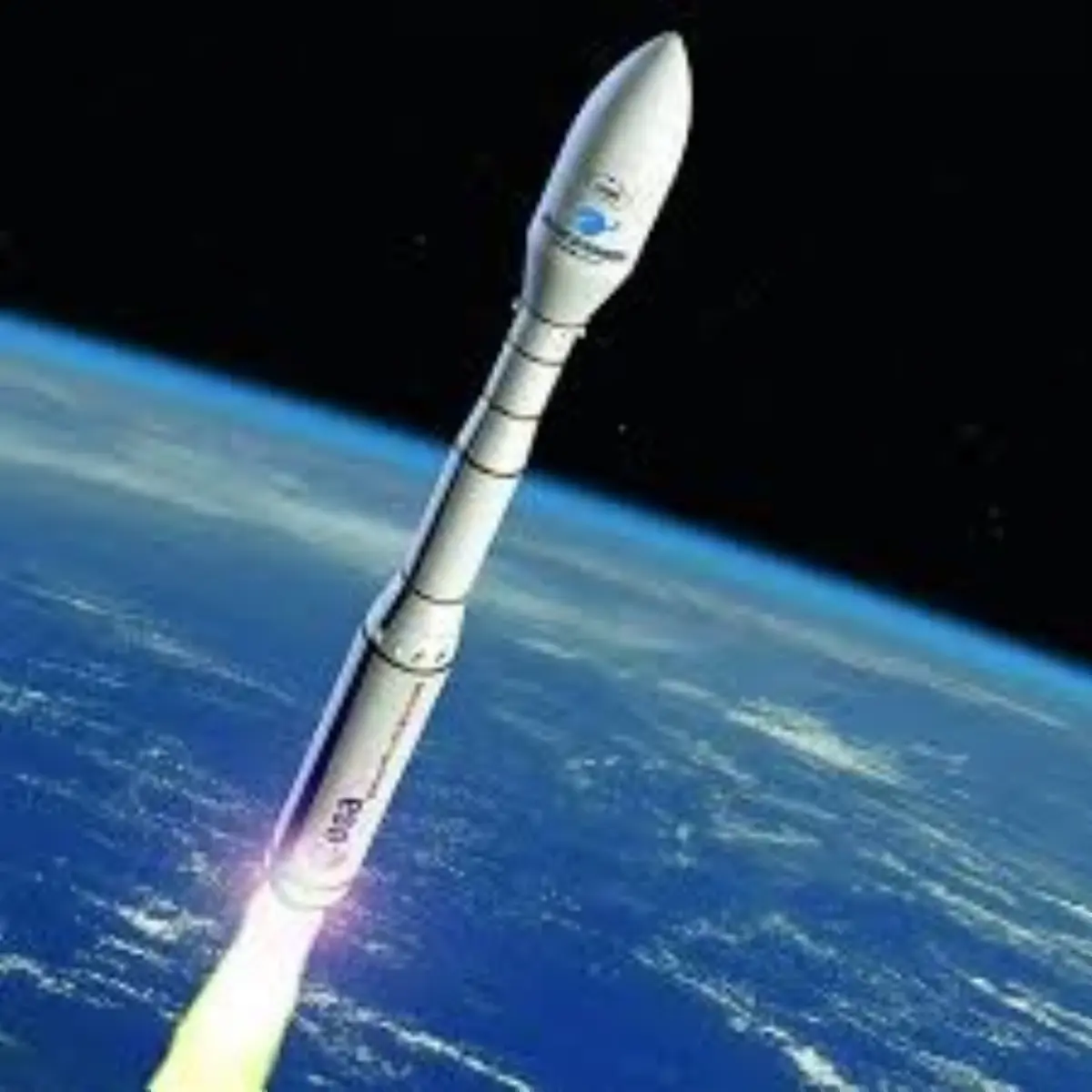
Do you want to access to this and other private contents?
Log in if you are a subscriber or click here to request service
Failed launch of the Vega C space rocket
Deviation from trajectory after take-off and missile sinked in the middle of the Atlantic Ocean

First commercial mission and first failure for Vega C, built by the Italian company Avio of Colleferro, near Rome. Due to an anomaly that occurred two minutes and 27 seconds after take-off from the launch pad of the Kourou spaceport, in French Guyana, the carrier deviated from its normal trajectory, sinking in the middle of the Atlantic Ocean. It happened last night just before 3:00 am Italian time....
Gic - 1248563
AVIONEWS - World Aeronautical Press Agency
AVIONEWS - World Aeronautical Press Agency